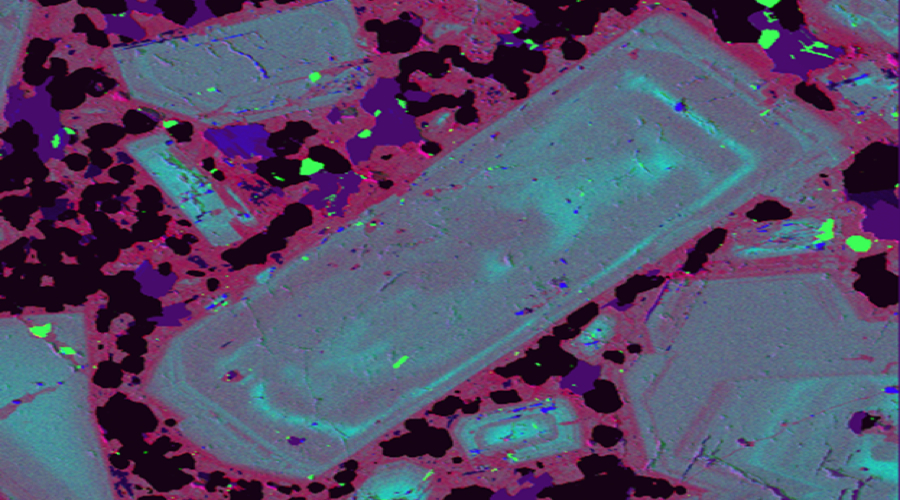
English researchers at the University of Exeter have developed a new, inexpensive method to uncover copper deposits.
Dr Ben Williamson, of the university’s Camborne School of Mines, and Dr Richard Herrington from the London Natural History Museum, worked together to develop the new technique, which they say could become a very cost-effective way of discovering porphyry-type copper deposits.
These kinds of deposits provide around 75% of the world’s copper and a significant amount of molybdenum and gold. Porphyry-type copper deposits, which originally form at several kilometres depth below the Earth’s surface, above large magma chambers, are relatively rare, particularly the largest ones, which make sense to mine. In addition, most near-surface deposits have already been discovered.
The project, funded by Anglo American, compared the chemical compositions of minerals from magmatic rocks that host porphyry deposits against those which are barren.
That is why any new method to locate deeper deposits is of great interest to the mining industry.
The project, funded by Anglo American (LON:AAL), compared the chemical compositions of minerals from magmatic rocks that host porphyry deposits against those which are barren.
A case study was then undertaken of a major new porphyry discovery in Chile, to test their theory.
The trial unveiled that the magma chamber below the porphyry undergoes discrete injections of water-rich melts or watery fluids, which improve its ability to transfer copper and other metals upwards to form a copper deposit.
“This new method will add to the range of tools available to exploration companies to discover new porphyry copper deposits,” Williamson said. “Our findings also provide important insights into why some magmas are more likely to produce porphyry copper deposits than others.”
The study was published this week in Nature Geoscience.
3 Comments
Dr Robinson
This is very old information! Jiang in 2008 published a paper titled: “Discrimination of Ore-Bearing and Barren Porphyries in the Yulong Porphyry Copper Ore Belt, Eastern Tibet”
LAMB
If this project was funded by Anglo American, those funds will soon disappear as A M downsizes and nears bankruptcy. Probably the reason why the research is being publicized again, even though it is several years old (thank you Dr. Robinson for that info).
John C.
Oh dear, oh dear. Folks, please don’t take your geological training from the comments section of an online newspaper, that way madness lies. Having said that, and to contradict myself in one typed breath…
The Jiang study actually explicitly states that feldspar compositions in barren and prospective intrusions are similar, entirely the opposite conclusion to that made in the recent Williamson study. However, Jiang only considered the broad mineral composition and some fairly coarse groups of chemical discriminants, and they didn’t look at aluminum excess at all, so the data in the two studies don’t contradict, it’s just that that the variability in aluminum wasn’t captured by Jiang’s methods. Williamson’s data also show that from a solely mineralogical perspective (i.e. the An% value of the plagioclase) barren and prospective intrusive suites are not only similar but entirely indistinguishable on a global scale, and only very subtly different even within a single ore system.